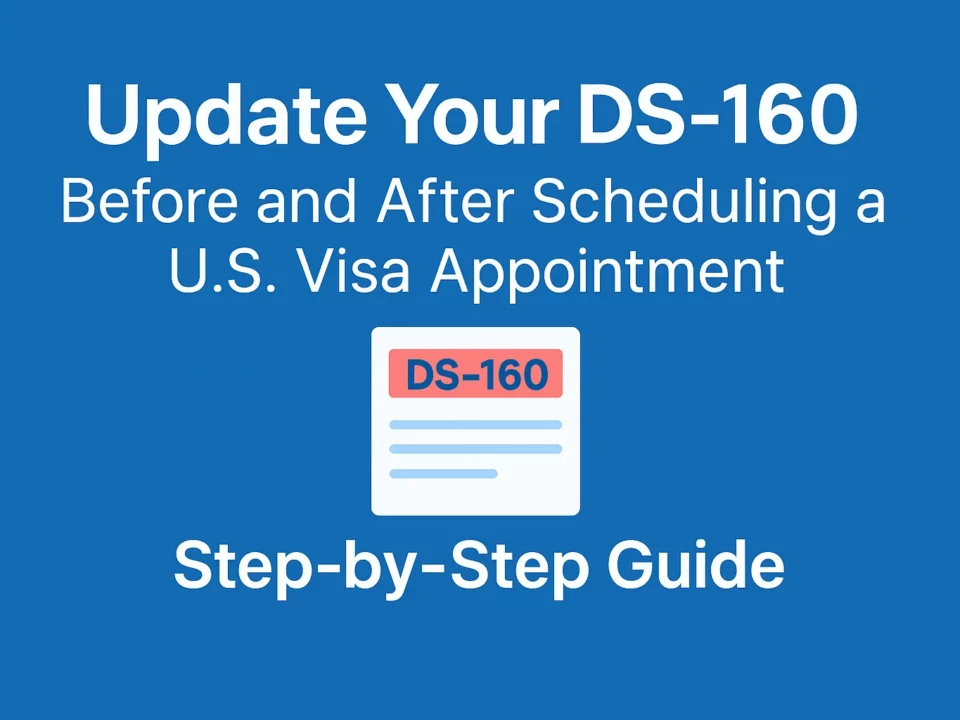Frequently Asked Questions
1Why should I choose to study in the USA?
Studying in the USA offers a world-class education system with renowned universities and colleges across various fields. It provides an enriching cultural experience, exposure to diverse perspectives, and access to cutting-edge research and innovation.
2What are the requirements for international students to study in the USA?
Requirements vary depending on the institution and program you're applying to, but typically include academic transcripts, standardized test scores, letters of recommendation, a statement of purpose, and proof of financial support.
3How can I finance my education in the USA?
International students have several options for financing their education, including scholarships, grants, part-time jobs on campus (for F-1 visa holders), and loans. Many universities also offer financial aid packages for eligible students.
4Can I work while studying in the USA?
International students on an F-1 visa are typically allowed to work on-campus part-time during the academic year and full-time during breaks. Some students may also qualify for off-campus employment under certain circumstances, such as economic hardship or internships related to their field of study.




